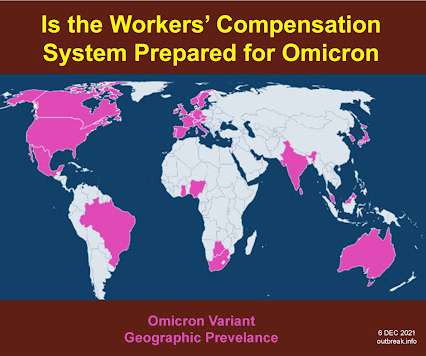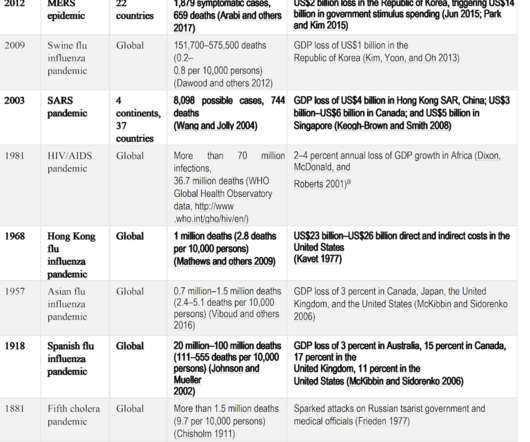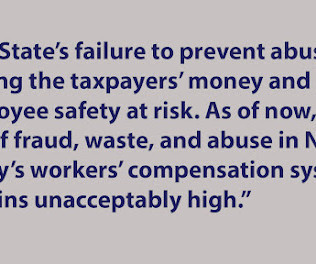Is the Workers' Compensation System Prepared for Omicron (Updated 12/10/21)
Workers' Compensation
DECEMBER 10, 2021
Stakeholders Face Challenges The numerous stakeholders of the workers’ compensation system have been repeatedly faced with episodes of increased infectious disease, and little has been done to take the necessary precautions against the hazardous consequences. Work has changed dramatically to remote and non-industrial in many instances.












Let's personalize your content